Hydrogen Gas Detection
Hydrogen is a highly flammable gas in low concentrations and is extremely light. It is present in the Water Treatment Process (Electrolysis), used in laboratories in Spectrophotometers and can be found in low levels in landfills. It is also a by-product of some battery charging in Data Centres and forklifts.
H2 can be detected with our Crowcon Xgard fixed sensors and associated control panels. It can also be detected with our portable gas monitors. Gasman Hydrogen. To aid detection Crowcon have developed Collector cones to funnel the gas to our sensors.
Industries and Applications include: Data Centres, Labs, Landfills, Water, Facilities
Products XGARD H2, Gasmaster Control Panel, Gasman Hydrogen.
-
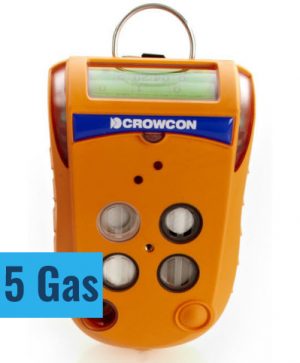
Gas-Pro 5 Gas
-
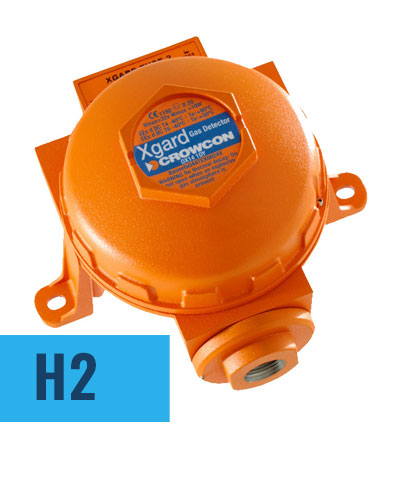
Xgard Hydrogen H2
-
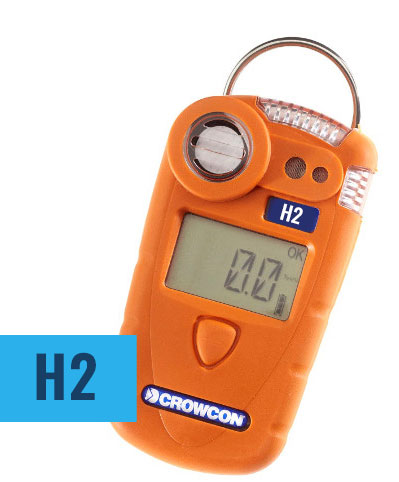
Gasman Hydrogen
-
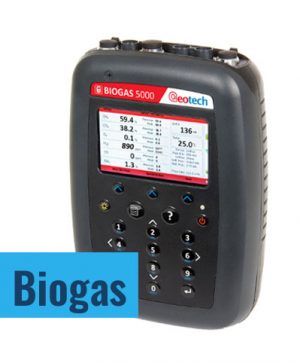
Biogas 5000
-
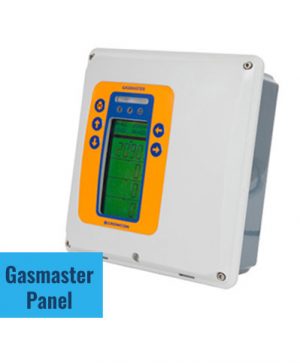
Gasmaster Panel
-
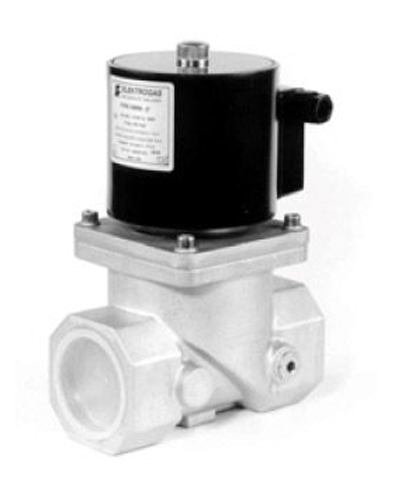
Slamshut Valve
-
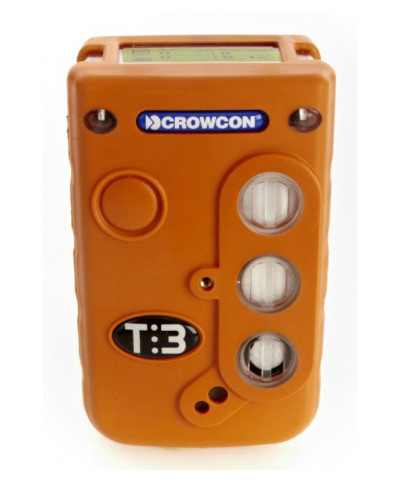
Tetra 3
-

Vortex Panel
-
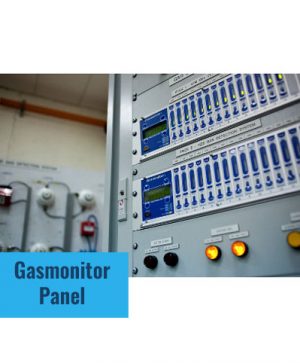
Gasmonitor Panel
Hydrogen has the lowest density of all gases. It is the commonest element in the universe, but on Earth occurs mainly as water.
It is essential for life, being present in water and molecules within living things. Hydrogen is both colourless and odourless.
What are the applications of hydrogen?
Hydrogen is widely used in industry, for example with oils in food production to make hydrogenated fats, to remove sulfur in the refinement of oil and other fuels, as a flushing as in electronics manufacture and in the production of fertiliser.
Hydrogen is also used in welding, methanol production, cryogenics, the production of hydrochloric acid, reduction of ores and other applications.
There is growing interest in hydrogen’s potential as a `green’ fuel in the power, automotive, marine and aerospace sectors.
What are the dangers of hydrogen?
Hydrogen is extremely flammable. It can cause fire/explosion when mixed, even in tiny quantities, with atmospheric air: LEL is 4% volume (40,000ppm). Ignition requires very little energy and flow.
Liquid hydrogen can cause cold burns and may react with oxygen to explode.
At high levels in the air, hydrogen gas may cause choking and/or fatal hypoxia. However, hydrogen gas usually disperses quickly in ventilated spaces, so the primary dangers of hydrogen are flammability and explosivity.
What should you do if you are exposed to hydrogen?
The main dangers of hydrogen are fire and/or explosion. Hydrogen cannot be detected with an infrared (IR) sensor, is colourless and odourless and generates invisible flame, so monitoring demands specialist equipment.
An appropriate gas detector and/or flame detector designed to detect hydrogen flame specifically, will alert personnel to danger giving them time to implement the organisation’s alert and evacuation procedure.
How do you detect, measure and report on hydrogen?
Hydrogen monitoring requirements vary; users must determine whether they need % LEL detection in a potentially explosive atmosphere, and/or ppm level detection to identify leaks.
There are key important points to consider:
- Infrared sensors cannot detect hydrogen.
- Hydrogen is very light (relative density is 0.07), so detectors are often mounted at height and hard to reach for maintenance. Crowcon can provide remote sensors, or install detectors on pulley systems, for easy lowering.
- Collector cones can help to detect light gases.
- Hydrogen flame is invisible; Crowcon flame detectors identify it.
- Crowcon pellistor sensors for 0±100% LEL hydrogen can be certified for ATEX zones 1 and 2.
- Crowcon electrochemical sensors for 200ppm, 2000ppm and/or 20,000ppm (50% LEL) and are available for ATEX zones 0,1,2. These sensors typically require less oxygen than a pellistor so may be appropriate for low oxygen applications (some oxygen is still required; Crowcon can advise).










